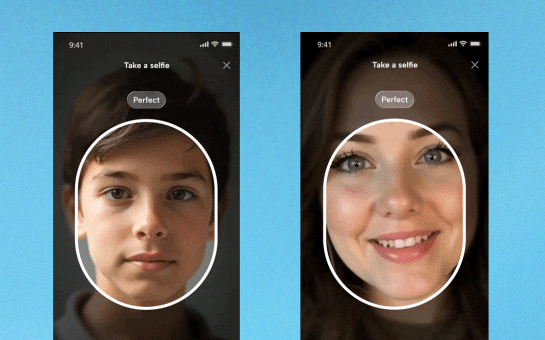
The Real Identity Blog
Socure’s Real Identity Blog is the best source to learn about identity verification and fraud decisioning trends, news, and best practices.

Featured
Why Age Assurance Can’t Be Solved with a Point Solution
The biggest mistake companies are making with age assurance isn’t ignoring it; it’s treating it as a narrow compliance task instead of a long-term platform decision.
Filter By:
All topics
Loading...
Let us prove it.
Join the 3,000+ top enterprises that trust Socure. Speak with one of our identity verification and fraud experts today.